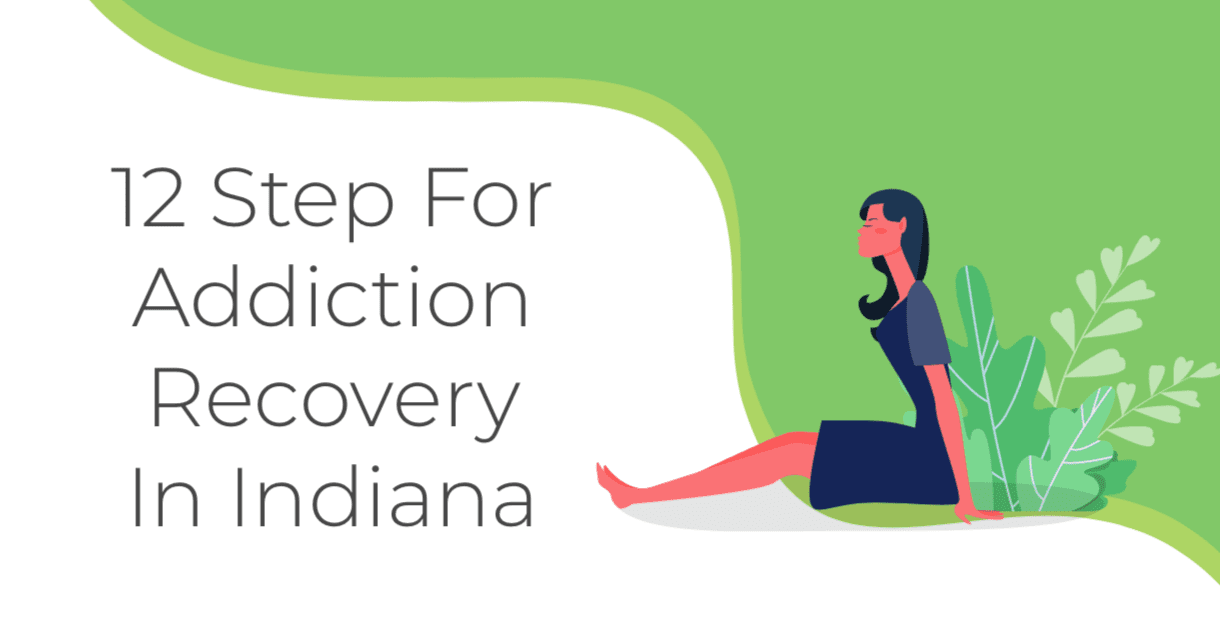What is a 12-Step Program?
The 12-Step recovery model was pioneered by Alcoholics Anonymous in 1939 and is now widely used in a majority of treatment centers worldwide to help people recover from a wide range of conditions and most famously, drug or alcohol addiction.
Learning and practicing the 12 steps also serves as a major guide towards helping those in recovery learn a new way of life free from dependence on these substances.
The basic premise of the 12-Step model is that individuals can help each other achieve and maintain abstinence from the behaviors or substances to which they are addicted. The two main features of the 12-Step recovery program include:
- A group setting –During these group meetings, the 12 steps are discussed and applied in a recovery group. The emphasis here is placed on people sharing their experiences with others who have suffered similar problems and finding support as they seek to change their lives.
- A sponsor- Many of those involved in the program find another member (who is also a recovering addict further along in the recovery process) to serve as a sponsor. This person acts as a mentor, providing guidance and help in times of crisis when the temptation to relapse becomes overwhelming.
The 12-Step model gives people a framework from which to surrender their addiction, process what they have been and are going through, and move forward into a new way of living.

From Detox to Recovery: The Comprehensive Cycle of Addiction Rehab
From the initial stages of detoxification to the ongoing process of recovery, the journey through addiction rehab is a cycle aimed at restoring health, well-being, and sobriety. These are the different phases of addiction rehabilitation and how each contributes to the overall recovery process.
Detoxification: The Journey Begins
Detoxification, or detox, is the first step in addiction rehabilitation. During this phase, individuals undergo:
- Physical and mental assessments
- Blood tests
- Urine tests
- Psychological evaluations
Withdrawal symptoms may arise as the body adjusts to the absence of drugs or alcohol, but with proper care and support, individuals can navigate this challenging period with minimal discomfort.
Treatment: Addressing the Underlying Causes
Following detox, individuals transition into the treatment phase of rehab. Here, they engage in various therapies and interventions designed to address the underlying causes of addiction such as:
- Group therapy
- Individual counseling
- Family therapy
- Cognitive Behavioral therapy
- Medication-assisted treatment
These are common approaches used to help individuals gain insight into their addiction, develop coping skills, and manage cravings.
Rehabilitation: Building a Foundation for Recovery
Through a combination of therapy, education, and lifestyle changes, individuals learn to identify triggers, manage stress, and build healthy habits conducive to long-term sobriety. Rehabilitation may also include alternative therapies to promote overall well-being such as:
- Therapy
- Yoga
- Mindfulness practices
Ongoing Support: Sustaining Recovery
After completing formal treatment, individuals transition into the recovery phase, where they continue to receive support through:
- Aftercare programs
- Support groups
- Ongoing therapy sessions
This helps individuals stay connected and motivated on their recovery journey.
A Journey Towards Healing
By addressing the physical, emotional, and psychological aspects of addiction, individuals can embark on a path toward lasting sobriety and improved quality of life. With the right support, resources, and dedication, recovery is possible, and a brighter future awaits.

